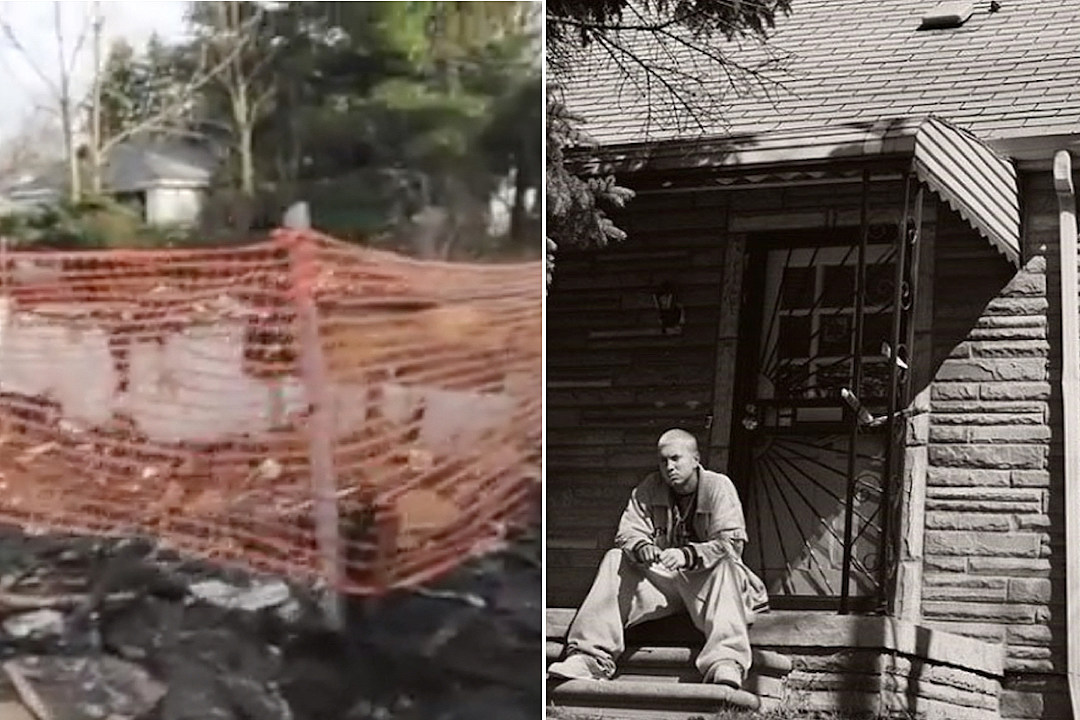Table of Content
Rubber mulch is generally more expensive than some other play area ground cover options, and there may be concern over long-term exposure to these small bits of rubber. Rubber playground mulch is a good choice for parents looking for a mostly low-maintenance option that provides a softer place to fall while playing. Appearance is a definite consideration when choosing the right playground ground cover.
This type of wood mulch may, however, contain shattered glass and may require frequent replacement if you need a consistent vibrant appeal. Playing is a vital part for children as some of the best memories are made in playgrounds as they explore new adventures. With a variety of options available as ground cover, finding playground mulch that is essential and convenient for your children’s playground may be a challenging task. This material has become more popular over the years because it is durable, requires low maintenances, has a water-permeable surface, and is great for wheelchair access. With greater safety standards, regular maintenance, and restrictions on playground structures, playgrounds today are safer than ever.
Playground Surface Materials: Final Thoughts
Because engineered wood fiber is considered an accessible playground surface material, it allows inclusive playgrounds to become a reality. It consists of larger granules than sand, but not big enough to cause damage when cast about. This surface won’t be quite a grippy as a rubber tile ground cover, which may actually reduce skin burns should a child trip while running.
It’s slip-resistant and gives a soft, springy cushion to the ground. Engineered wood fiber is biodegradable and made from one of nature’s truly renewable resources. I strive to give you the most informative, unbiased, and helpful information available on anything and everything playgrounds.
Selling Growth Over the Product Lifetime:
Sand that is made specifically for playground use is softer than other sand. Pea kerikil is another old and common playground cover material. It consists of larger granules than sand, but titinada big enough to cause damage when cast about. Pea gravel is still popular, but it’s being replaced in many applications by synthetic materials.

If you are installing a play area in your backyard, make sure it is in a fenced area and that you can watch your child play from your kitchen window or patio. It can also pose a danger to children if metal equipment gets too hot from direct sunlight or swings are slippery from rain. Higher number of reviews in the shortest period of time shows the product is accepted widely by a lot of customers. Customer feedback aka customer reviews are the most insightful source of judging a product’s merit. We take serious consideration into customer reviews and total numbers while choosing them.
Engineered Wood Fiber (EWF)
Let’s look at each factor before examining what’s available and what the best ground materials are. Today’s playground equipment and playground ground material are much more durable than in the past, and it’s designed with safety as a paramount concern. Adventure walls, tunnels and rope meshes are popular placements. This is what’s traditionally used in flower beds and can make a suitable ground cover.

As mentioned earlier, playgrounds that comply with the AS/NZ safety standards need to absorb the energy of a child’s fall over a long period of time and over a variety of heights. One thing you can be sure of is that if you have compliant playground surfacing, you have gone a long way in reducing the chance of a major injury to a user of the playground. Sand ground coverings are also attractive to animals and you may find some concealed animal faeces. Sand can also be very abrasive to the powdercoated surfaces on the playground creating premature wear areas. Sand ground covering will still work well if it is regularly maintained.
Poured rubber and rubber tiles provide a slip-resistant, soft landing. A great benefit is that rubber can be installed in a multitude of colors, allowing you to create a fun playscape. The one downside to poured rubber and rubber tiles is that it is one of the most expensive ground cover options. If the price is not an issue, this is the best option for any climate. If the price is an issue, but the safety of rubber sounds appealing, you can choose rubber mulch instead.
Unitary materials also include solid surfaces that are poured as a liquid and are allowed to solidify as a soft, spongey surface like rubber. Whatever your role in developing a children’s play facility, you need to know what to use for playground ground cover. There are many good options that provide you with the best playground ground material for playground surfaces, but it’s important to know there’s no perfect solution.
Here are some pros and cons of the most popular playground ground cover options to help you decide which one is best for you. Pea gravel – Pea gravel is another inexpensive option for ground cover. Pea gravel can limit weed growth but is not the softest to land on for playground falls. Pea gravel also has a tendency to get hot in the summer, and is therefore not something we recommend. If you’re looking for the solution for the best playground ground cover materials, contact us today.

Besides its previously mentioned features, EWF has other safety benefits. Broken glass and debris typically stay on top of an EWF surface, reducing the risk such materials can become hidden in the chips. Those dangerous materials can be raked easily from the playground. Wood-fiber coverings such as EWF don't attract insects; wood-boring insects, including termites, usually prefer larger pieces of wood.

